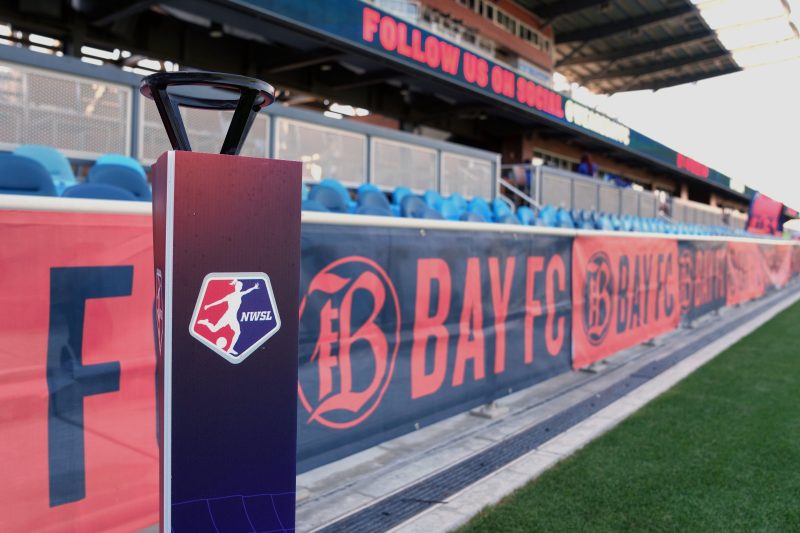The National Women’s Soccer League (NWSL) made waves recently by announcing the elimination of the college draft from its player acquisition process as part of a new contract negotiated with the Players Association. This move represents a significant departure from the traditional model employed by professional sports leagues in the United States, where drafts play a pivotal role in bringing in new talent and distributing players among teams.
The decision to scrap the draft in favor of alternative player acquisition methods is a bold and unconventional step for the NWSL, signaling a shift towards a more player-centric approach to roster building. By removing the draft, the league is affording players greater autonomy and control over their careers, allowing them to choose their preferred destination rather than being assigned to a team through a draft process.
One of the key motivations behind the NWSL’s decision to eliminate the draft is to provide players with more agency and flexibility in shaping their professional trajectories. By giving players the freedom to negotiate directly with teams and choose where they want to play, the league is empowering its athletes to make decisions that align with their personal goals and preferences. This move reflects a growing trend in the world of sports towards prioritizing the well-being and autonomy of athletes, recognizing their importance as stakeholders in the industry.
Moreover, abolishing the draft in the NWSL may help level the playing field and create a more equitable system for player recruitment. In traditional draft systems, the allocation of top talent can be influenced by various factors such as team performance in the previous season. By removing the draft, the NWSL aims to foster a more meritocratic environment where players are selected based on their abilities and fit with a team, rather than being subject to the unpredictable nature of a draft lottery.
While the scrapping of the draft represents a significant departure from the norm, it also raises questions about how player acquisition and team building will evolve in the NWSL moving forward. Without the draft as a centralized mechanism for player allocation, teams will need to explore new strategies for identifying and recruiting talent. This shift may lead to increased competition among teams for top players and the emergence of innovative approaches to player scouting and recruitment.
In conclusion, the NWSL’s decision to eliminate the draft in its new contract with players marks a groundbreaking moment for the league and the broader landscape of professional sports. By prioritizing player agency and freedom of choice, the NWSL is setting a new standard for player acquisition and team building in the industry. While the implications of this move remain to be seen, it is clear that the NWSL is committed to reimagining traditional models and creating a more player-centric future for women’s soccer.
